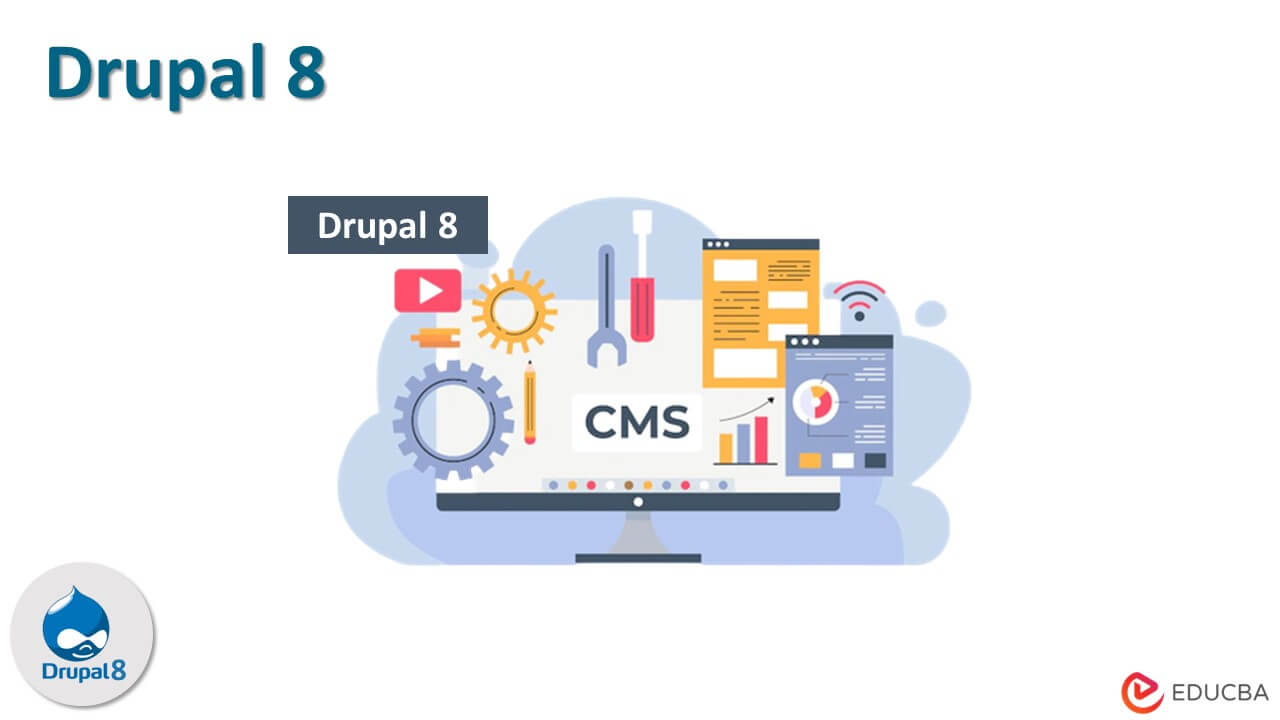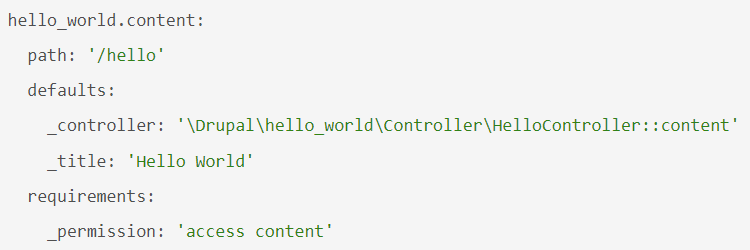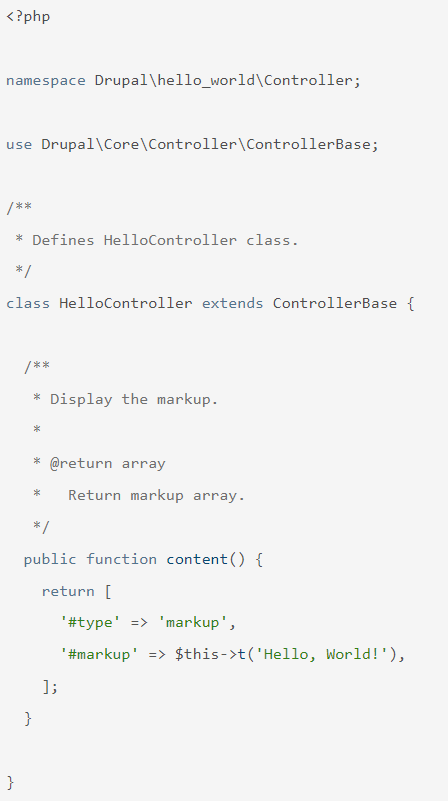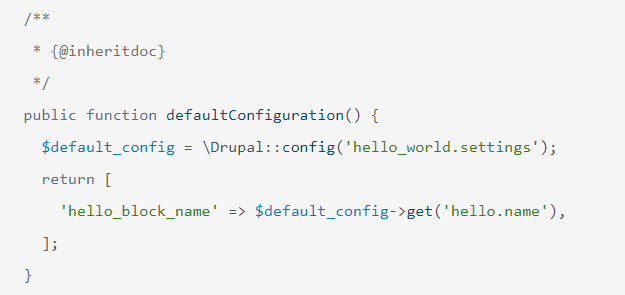Updated February 20, 2023
What is Drupal 8?
Drupal 8 is a free content management system (CMS) for developing and maintaining websites. Drupal 8 is a version of Drupal, a PHP-based free and open-source content management platform distributed under the GNU (General Public License). It offers a variety of features and tools known for flexibility, ease of use, and extendability. Hence, making it a popular choice for web developers and content creators around the globe.
Key Highlights
- Drupal 8 is a content management system (CMS) used to build, manage, and publish content on the web.
- It is more scalable and maintainable than Drupal 7. It introduced many new features and improvements over the previous version, like the use of third-party libraries.
- It has a flexible and powerful content model that allows users to create and manage various content types, including articles, blog posts, videos, and more.
- Drupal is a popular choice for building websites for diverse purposes, including corporate websites, e-commerce sites, government websites, and personal blogs.
Why Use Drupal 8?
- Drupal is a content-management framework that allows users to efficiently build and manage a wide variety of content on a website. It is an open-source platform written in PHP, implying it is free to use and modify.
- Drupal 8 is known for its flexibility, scalability, and robust features, making it a popular choice.
- According to Drupal.org, as of December 2021, more than 1.4 million websites are using Drupal, with more than 200,000 using Drupal 8.
- It has a strong presence in the government and education sectors and many Fortune 500 companies. Some well-known Drupal websites include The Economist, The White House, and Stanford University.
- Drupal 7 relies heavily on custom code and does not use many third-party libraries. In contrast, Drupal 8 uses several well-established libraries, such as Symfony and Twig, to improve performance and reduce the amount of custom code needed.
- Drupal 8 has a user-friendly interface allowing users to create and manage content efficiently. Its flexible, modular design allows users to customize their site by adding additional features and functionality through modules.
- Drupal 8 includes a robust set of permissions and user roles that enable administrators to control access to different parts of the site. It helps to develop a responsive design that works well on multiple devices, including desktop computers, tablets, and smartphones.
- Drupal 8 is regularly updated and supported by a large and active community of developers and users.
Drupal 8 Configurations Management System
There are a few key concepts to understand when working with the configuration management system:
- Active configuration is currently active on your site. It is stored in the database and loaded into memory when the site is accessed.
- The staging configuration is a copy of your active configuration located in the /config/sync directory. It acts as a staging area for exporting and importing configuration changes.
- Configuration entities represent individual pieces of configuration, such as content types, views, and blocks.
- The configuration synchronization interface enables administrators to view and compare configuration objects between different backgrounds, and the configuration manager module provides drush commands for importing and exporting configuration.
- Configuration storage helps to store configuration entities in the configuration objects in the config folder of a Drupal site. The CMS uses the ConfigEntityStorage class to read and write configuration objects from and to the filesystem.
- The CMS supports translating configuration objects into different languages. The site administrators create multilingual sites using the configuration translation module.
- The CMS allows site administrators to override default configuration values by creating configuration overrides. These override objects are stored in the config/override folder and take precedence over the default configuration values. It allows site administrators to make changes to the site configuration without modifying the default configuration files.
Drupal 8 Development
Given below shows the development of drupal 8:
1. Create the module folder
- Create a folder for your custom module in your Drupal installation’s “modules” directory.
- Name the folder after your module containing a .info.yml file and a .module file.
2. Define the module
- In the .info.yml file, define your module by providing its name, description, and dependencies.
- For example,
name: My new Module
description: A custom module to understand.
type: module
core: 8.x
dependencies:
– drupal:link
– drupal:views
3. Write the module code
- In the .module file, write the code that defines your module’s functionality.
- It may involve writing functions that interact with the Drupal API, creating custom hooks, and using Drupal’s theme system to define custom templates.
4. Enable the module
- To use your custom module, you must enable it in the Drupal administration interface.
- Go to the “Extend” page and find your module in the list of available modules. Then click the “Install” button to enable it.
5. Test the module
- Once your module is enabled, you can test it to ensure it functions correctly.
- It may involve creating test cases, using the Drupal 8 debugger, and inspecting the module’s output in the browser.
Create a Drupal 8 Module
- A Drupal 8 module is a package of code that extends the functionality of the Drupal core platform.
- It allows users to add new features and functionality to their Drupal website without writing all code from scratch.
- There are two types of Drupal 8 modules: core and contributed modules.
- The Drupal community maintains the core module, already available in the Drupal core installation. In contrast, the Drupal community creates the Contributed modules that can be downloaded and installed from the Drupal.org website.
- To create a Drupal 8 module, you have in-depth knowledge of Drupal API and programming in PHP.
To create a Drupal 8 module, you will need to follow these steps:
- Create a folder for your module in your Drupal installation’s “modules” folder.
- Create a “.info.yml” file containing information about your module, including its name, description, and dependencies.
Source: drupal.org
- Create a “.module” file containing your module’s PHP code.
Source: drupal.org
- Implement hook functions in your module code. Hook functions allow your module to interact with the Drupal core and other modules.
Source: drupal.org
- Create a “.routing.yml” file to define the URLs to which your module will respond.
Source: drupal.org
- Enable your module in the Drupal administration panel.
Once your module is installed and enabled, you can add new features and functionality to your Drupal website.
Some examples of what you can do with Drupal 8 modules include:
- Adding new content types.
- Displaying custom blocks of content on your website.
- Integrating with external APIs.
- Customizing the user login and registration process.
- Adding new fields to forms.
Upgrade from Drupal 8
Now Drupal 10 is the latest version, while Drupal 8 ended on November 2021. Upgrading from Drupal 8 to a newer version of Drupal involves several steps and can be a complex process.
Here are the general steps you should follow when upgrading from Drupal 8 to Drupal 9.
- Before you begin the upgrade process, creating a complete backup of your website is essential to restore if defaults.
- Make sure your site runs on the latest version of Drupal 8.
- Check for compatibility and make sure the environment matches Drupal 9 requirements.
- Update contributed modules and custom codes incompatible with Drupal 9.
- Upgrade your core codebase to Drupal 9.
- Run update.php and test your website.
New Features in the Updated Version
- Improved usability and user experience like redesigned administrative interface, improved support for mobile devices, and the ability to create and edit content directly on the front end of the website.
- Drupal 8 incorporates multilingual support.
- Performance improvements include better caching and the ability to serve pages quickly.
- Drupal 8 includes improved support for integrating other web services and tools.
- Drupal 8 came with a new theming system based on the Twig templating engine to easily create custom templates and layouts.
- Drupal 8 enhances its content modeling using the new Layout Builder module to create custom page layouts and other changes.
- It came with more security improvements, including improved password hashing, support for two-factor authentication, and the ability to use external authentication services.
Final Thoughts
Drupal 8 is a powerful and flexible content management system widely chosen for building and managing websites of all complexity. Whether you are a small business owner, a blogger, or a developer, Drupal is an excellent preference for building a website that meets your requirements. Drupal regularly updates for a better user experience and execution, so check and upgrade to the recent version.
Frequently Asked Questions(FAQs)
Given below are the FAQs mentioned:
Q1. What are the uses of Drupal 8?
Answer: Drupal 8 is free and open-source content management software to make websites we use daily. Organizations, businesses, and individuals worldwide use Drupal 8 to create and manage websites with versatile features and functionality, including content creation and publishing, user management, search engine optimization, and more.
Q2. What programming language is Drupal?
Answer: Drupal is a PHP-based platform, a popular programming language for web development. PHP is a server-side language, which means it runs on the server and sends the resultant HTML to the client’s web browser. Drupal uses various languages, such as HTML, CSS, JavaScript, and PHP, to design and style the user interface and add interactive elements to websites. Drupal employs several PHP tools and functions to build a robust and adaptable CMS.
Q3. How much does Drupal cost?
Answer: Drupal is a free and open-source content management system (CMS) that anybody can use and modify. It implies that you can download, install, and use Drupal at no cost. While the core Drupal software is free, it may involve additional expenses like hosting fees, domain registration, etc.
Recommended Articles
This article is a gist of Drupal 8. To learn more about the topic, you can refer to these articles –







